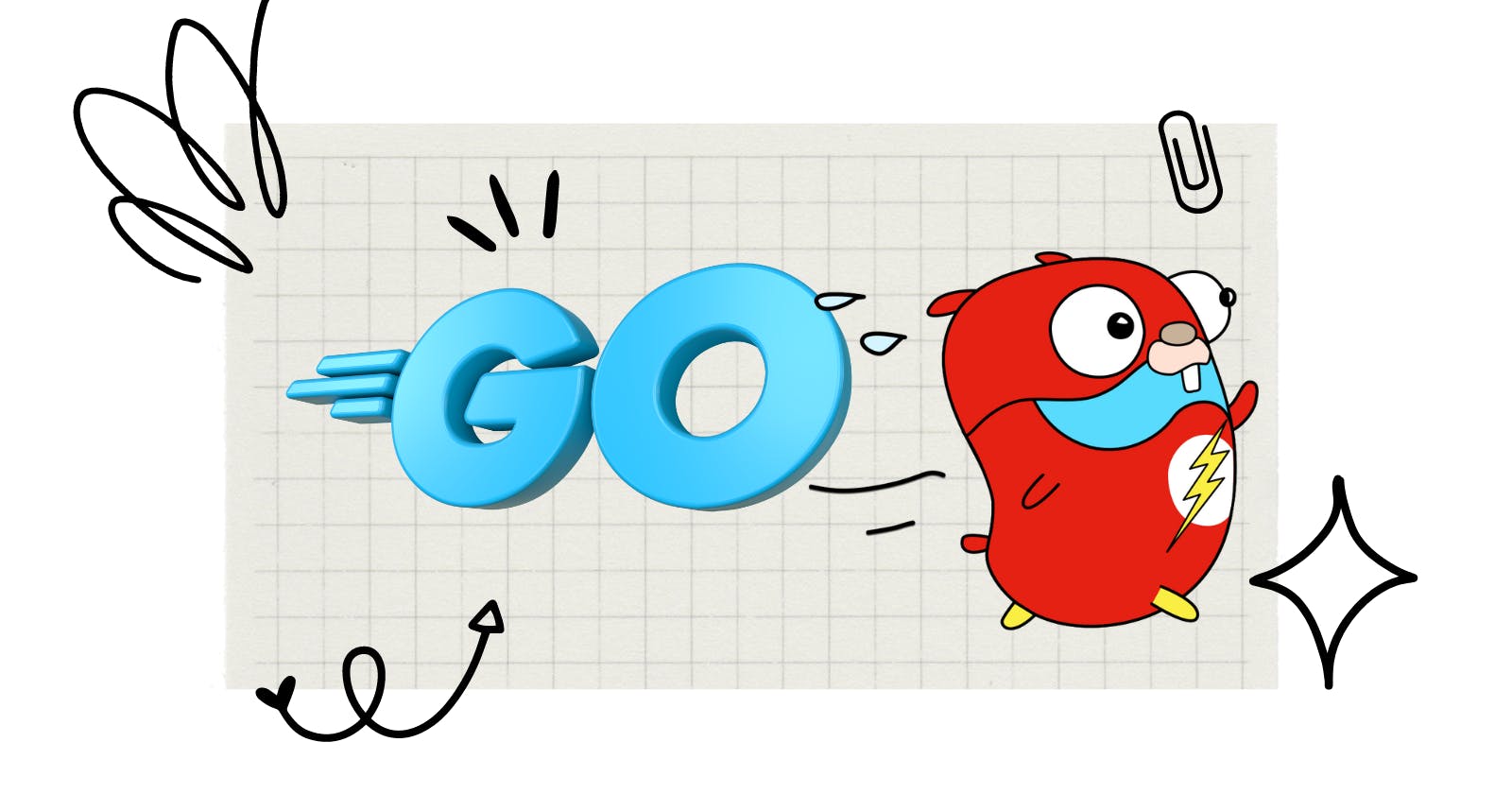Go Programming 2023
"The Power of Go: Why Go is the Perfect Language for Cloud Computing and DevOps"
What is Go?
Go is a general-purpose programming language developed at Google in 2007. It is designed to be simple, fast, and easy to read and write. Go is often used for building large, scalable systems, as well as for writing server-side and command-line applications.
There are several ways in which Go is different from other programming languages:
Statically-typed: Go is a statically-typed language, which means that the type of a variable must be explicitly declared when it is defined. This can help catch type-related errors at compile-time and can also make the code easier to understand and maintain.
Compiled: Go is a compiled language, which means that it is converted into machine code before it is executed. This can make Go programs faster and more efficient compared to interpreted languages, which need to be interpreted at runtime.
Concurrent: Go has built-in support for concurrent programming, which allows developers to write programs that can run multiple tasks simultaneously. Go uses a concurrency model based on lightweight "goroutines" and channels, which makes it easy to write concurrent programs.
Simple and lightweight: Go has a simple and lightweight syntax that is easy to read and write. It has a limited set of keywords and a straightforward type system, which can make it easier to learn and use compared to some other languages.
Garbage-collected: Go has a garbage collector that automatically reclaims the memory that is no longer needed by the program. This can help reduce the overhead of manual memory management and can make it easier to write programs that are free of memory leaks.
Overall, Go is a fast, simple, and concurrent programming language that is well-suited for building large, scalable systems and server-side applications
Go can be used to build a wide range of applications and technologies, including:
Server-side and command-line applications: Go is often used for building server-side and command-line applications due to its high performance, concurrency support, and simplicity.
Distributed systems: Go's built-in support for concurrency and parallelism makes it well-suited for building distributed systems that need to scale and handle large amounts of data.
Web applications and microservices: Go can be used to build web applications and microservices using frameworks such as Gin and Echo, or by using the built-in net/HTTP package.
Containerization and orchestration: Go is used to build technologies such as Docker and Kubernetes, which are used for the containerization and orchestration of applications.
Monitoring and observability: Go is used to build technologies such as Prometheus, which are used for monitoring and observability of systems.
Data storage and processing: Go is used to build technologies such as InfluxDB, which are used for storing and processing large amounts of time-stamped data.
Infrastructure as code: Go is used to build technologies such as Terraform, which are used for defining and managing infrastructure resources in a declarative way.
Here are some of the cons of using Go:
Limited support for object-oriented programming: Go does not have traditional object-oriented programming constructs such as inheritance and polymorphism. This can make it less familiar to developers who are accustomed to object-oriented languages.
No generics: Go does not have built-in support for generics, which means that developers must use workarounds such as code generation or reflection to implement generic functionality.
Limited runtime reflection: Go has limited runtime reflection capabilities, which means it is impossible to inspect or modify variables or functions at runtime in the same way as in some other languages.
Its simplicity, fast compilation, and concurrency support make it an appealing choice for many developers, although its limited support for object-oriented programming and lack of generics and runtime reflection may be seen as drawbacks by some.
Here are some examples of technologies that have been built using Go:
Docker: Docker is a containerization platform that allows developers to package and deploy applications in a standardized and isolated environment. Docker is written in Go and uses Go's concurrency features to manage and orchestrate containers.
Kubernetes: Kubernetes is an open-source container orchestration system that helps manage and scale containerized applications. It was initially developed by Google and is now maintained by the Cloud Native Computing Foundation. Kubernetes is written in Go and leverages Go's concurrency and parallelism capabilities to manage container clusters.
Prometheus: Prometheus is an open-source monitoring system that collects and stores metrics from various sources. It is designed to be scalable, reliable, and easy to use. Prometheus is written in Go and uses Go's built-in support for concurrency to enable multi-dimensional data collection and querying.
Ansible: Ansible is an open-source configuration management and automation tool that helps automate the deployment and management of infrastructure and applications. It is written in Python and Go.
OpenFaaS: OpenFaaS is an open-source serverless platform that allows developers to build and deploy functions as a service (FaaS). It is written in Go and uses Go's concurrency features to enable efficient and scalable function execution.
Hugo: Hugo is an open-source static site generator that is used to build fast and efficient websites. It is written in Go and uses Go's concurrency features to enable fast and efficient website generation.
CockroachDB: CockroachDB is an open-source distributed SQL database that is designed to be scalable, resilient, and easy to use. It is written in Go and uses Go's concurrency features to enable distributed transactions and data consistency.
Traefik: Traefik is an open-source reverse proxy and load balancer that is designed to be simple, fast, and easy to use. It is written in Go and uses Go's concurrency features to enable efficient and scalable traffic management.
Here are some statistics on Go:
According to the TIOBE Index, Go ranked 13th in terms of popularity among programming languages in September 2021.
According to the Stack Overflow Developer Survey, Go was the 16th most popular programming language among professional developers in 2021."The Power of Go: Why Go is the Perfect Language for Cloud Computing and DevOps"
According to data from the GitHub Octoverse report, Go was the 15th most popular programming language on GitHub in 2021, with over 10 million repositories.
According to data from the GitLab Developer Survey, Go was the 12th most popular programming language among professional developers in 2021.
According to data from the Hired Tech Salaries report, Go is the 17th highest-paying programming language in terms of median salary.

